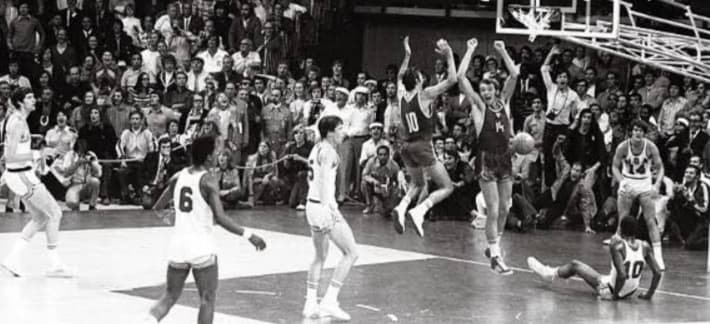
by Henry Liao
There are various Basketball Hall of Fame sites here and abroad but not many know that there exists one for international basketball.
It’s called the International Basketball Federation (FIBA) Hall of Fame.
Culled from its French name “Federation Internationale de Basketball Amateur” the FIBA is an association of national organizations that governs international competitions in basketball.
However, in 1989, the word “amateur” was dropped from its official name when the organization instituted an “open basketball” policy that no longer distinguished an amateur from a professional.
“BA” in FIBA now represents the first two letters of the word “basketball.”
To mark the 75th anniversary of its birth, the FIBA formally inaugurated its Hall of Fame on March 1, 2007.

Located in the city of Alcobendas in Madrid, Spain, the FIBA Hall of Fame sits on a five-floor building that covers 2,000 square meters and is an extension of the FIBA Pedro Ferrandiz Foundation, a museum with the objective of preserving the heritage of international basketball.
It was set up upon the initiative of Ferrandiz, the legendary Real Madrid coach and founder and president of the foundation that carries his name.
The primary goal of the FIBA Hall of Fame is to reflect the history of the sport and its personalities.
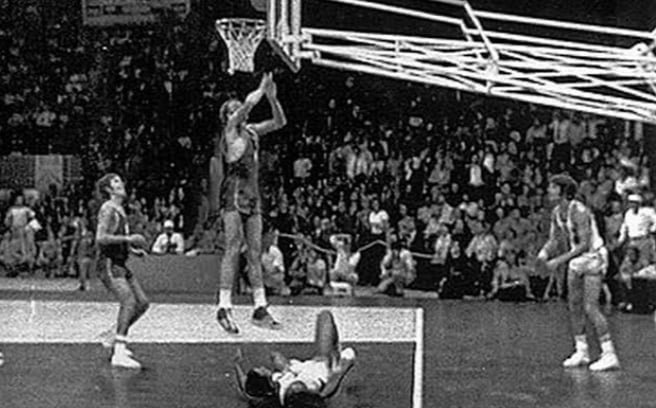
There are four categories for election to the FIBA Hall of Fame, namely, players (they must be retired from international competitions for at least five years), coaches, technical officials (referees and commissioners) and contributors.
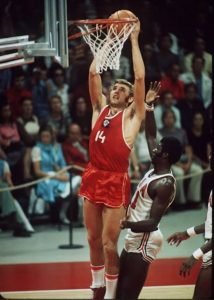
The major criterion for selection is outstanding accomplishment at the international level and contribution to the development of basketball.
Induction to the Hall is done annually.
The initial batch of FIBA Hall of Fame members consisted entirely of posthumous inductees.
Among the trailblazing inductees were players Alexander (Sasha) Belov, Russia); Kresimir Cosic, Croatia; Teofilo (Teo) Cruz Downs, Puerto Rico; Mirza Delibasic, Bosnia); Radivoj Korac, Serbia; Fernando Martin Espina, Spain; Drazen Petrovic, Croatia; Liliana Ronchetti, Italy; and Vanya Voynova, Bulgaria.
Belov, a 6-7 center, is the player best known for scoring the game-winning field goal at the game buzzer in the former Soviet Union’s controversy-filled 51-50 victory over then-defending champion United States in the gold-medal contest during the terrorism-marred 1972 Munich Summer Olympics.
The Americans were ahead, 50-49, on a pair of free throws from future NBA player and coach Doug Collins, with three seconds left in the game. In the next play, the Soviets, on the instructions of top FIBA official William Jones, were awarded three inbounds plays – the first two allegedly called off due to faulty procedures even after the ball had sailed past the court. On the third try, the Soviets’ reserve Ivan Edeshko threw a baseball pass to Belov beneath the basket, and with his nearest USA defender Jim Forbes down on the floor following a fall, Below drilled in an uncontested layup that went in and reversed the outcome in favor of the Soviet Union, 51-50.
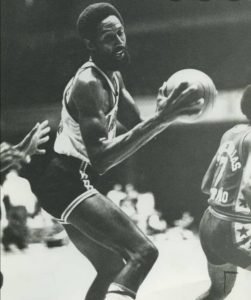
That broke the Americans’ record-setting 63-game winning streak in Olympic men’s basketball and was their first defeat ever. The U.S. put the game under protest. After their protest was denied by a jury, the U.S. players voted unanimously not to accept their silver medals and, to date, the medals remain in a vault in Lausanne, Switzerland.
Six years later, Belov died in his birthplace Leningrad on October 3, 1978 – just one month short of his 27th birthday – due to cardiac sarcoma, a rare disease.
Cosic played for Brigham University in the U.S. from 1970-73.
A 6-11 frontliner, the Zagreb, Croatia native hooked up with the old Yugoslavia national team on various occasions from the late 1960s through the 1970s.
Cosic made his national team debut in 1965 at the tender age of 17. He earned a silver medal during the 1967 FIBA World Championship (now known as the FIBA World Cup) in Montevideo, Uruguay (the Soviet Union bagged the gold).
Cosic owns the international record for most games played (303) with a national team, having seen action in four Summer Olympics – 1968 Mexico (silver medal), 1972 Munich, 1976 Montreal and 1980 Moscow (when he skippered the Yugoslavs to the gold medal amidst a boycott of the games by 66 countries, led by the U.S., following the Soviets’ invasion of Afghanistan on Christmas Eve in 1979.
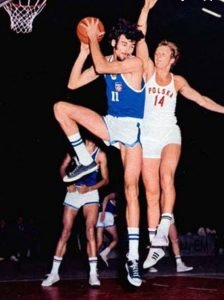
Cosic also helped lead the erstwhile Balkan power to gold medals in a pair of FIBA World Cup editions – 1970 in Yugoslavia and 1978 in Manila.
Concededly, it was he who revolutionized basketball in the old Yugoslavia (which has broken into several independent republics, headed by Serbia, Croatia and Slovenia, since April 1992), becoming the first basketball player in the world to play all five positions.
A two-time EuroBasket MVP in 1971 and 1975, Cosic was a fifth-round draft choice of the Los Angeles Lakers in 1973 (there were 10 rounds in the annual NBA draft during the time, unlike now, which has been reduced to two rounds of 30 teams each) but he never suited up in the world’s ultimate roundball forum, opting to play on home soil.
Cosic later turned to pro coaching in the first-division leagues in Yugoslavia, Italy and Greece from the mid-1970s to the early 1990s.
In 1996, Cosic posthumously became only the third international player – and the second male – ever to be elected to the Naismith Memorial Basketball Hall of Fame. He died on May 25, 1995 at age 46 in Baltimore, Maryland while serving as the deputy ambassador of Croatia to the U.S. in Washington, D.C.

Like Cosic, Puerto Rico-born Cruz was an LA Lakers draftee – picked in the sixth round of the 1965 NBA grab-bag as the 55th choice overall – after attending college at the New York University and Seattle University from 1961-65.
The 6-9 center never played in the NBA, electing to play ball at home. He started for the Puerto Rican national team in the Summer Olympics for a record-sharing five times.
Cruz, who was the first player to accomplish the feat, made his Olympic debut in Rome, Italy in 1960. He subsequently saw action during the 1964 Games in Tokyo, Japan, 1968 Games in Mexico City, Mexico, 1972 Games in Munich, Germany and 1976 Games in Montreal, Canada.
The three other men’s basketball athletes to play in five Summer Olympics are Brazil’s Oscar Schmidt, Australia’s Andrew Gaze, and Spain’s Juan Carlos Navarro (2000 Sydney, 2004 Athens, 2008 Beijing, 2012 London and 2016 Rio de Janeiro).
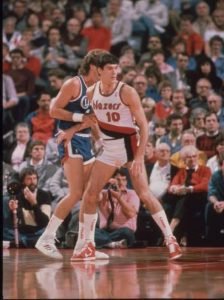
Fernando and Petrovic were the star players on the Spanish and Yugoslavian (later Croatian) national teams, respectively. Both men died at a young age in violent car mishaps after spending some time in the NBA.
The 6-10 Martin was the first Spanish ever to play in the NBA in 1986. He previously earned his pay with the Estudiantes and Real Madrid clubs in the top Spanish league before latching latched on with the Portland Trail Blazers in 1986-87. Martin hit at a measly 0.9-point clip in just 146 minutes and 24 games with the Trail Blazers, having missed two months of service due to injuries.
The following season, Martin, who was a member of the Spanish national team that copped the silver medal during the 1984 Los Angeles Olympics, returned to the Real Madrid club.
Martin met his death in December 1989 at age 27 after crashing his car in a Madrid motorway.
Petrovic, a 6-5 shooting guard, appeared in four seasons with the Portland Trail Blazers and New Jersey (now Brooklyn) Nets from 1989-90 through 1992-93 following a stellar 10-year stint (1979-89) in the Yugoslavian (for Sibenka and Cibona) and Spanish (Real Madrid) leagues.
Internationally, he secured two silver medals (1988, 1992- under the Croatian flag while losing to the original NBA-dominated U.S. Dream Team in the finals) and a bronze (1984) during the Summer Olympics and a gold (1990) and a bronze (1986) at the FIBA World Cup. He was the MVP of the 1986 FIBA World Championship in Spain even though Yugoslavia placed only third in the quadrennial competitions behind the United States and the former Soviet Union.
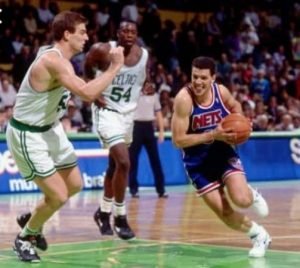
As an NBA rookie with the Trail Blazers, the streak-shooting Petrovic reached the NBA Finals against the eventual champion Detroit Pistons, who won in five games after taking the last three in Rain City.
A product of the University of Zagreb in Croatia, Petrovic was the Nets’ scoring leader in his two full seasons (1991-93) in New Jersey and was voted to the All-NBA Third Team in 1993 after norming a career-high 22.3 points in 70 games, 67 of them starts. The year before, he owned a 20.6 ppg average in 82 appearances.
Petrovic, who was voted to the FIBA’s list of its 50 greatest players in 1991, passed away at age 28 in an auto mishap in Germany in June 1993 while on vacation.
In 1993, upon his death, the Nets retired his No. 3 jersey and the Drazen Petrovic Basketball Hall was named as such in his honor.
In 2002, Petro was posthumously inducted into the Naismith Memorial Basketball Hall of Fame.
- Far Eastern Games: The Filipino pioneer greats - June 3, 2025
- P’re, wag naman ganyan - May 23, 2025
- 1974: The Year Sugbu Dominated PH Youth Basketball - May 1, 2025
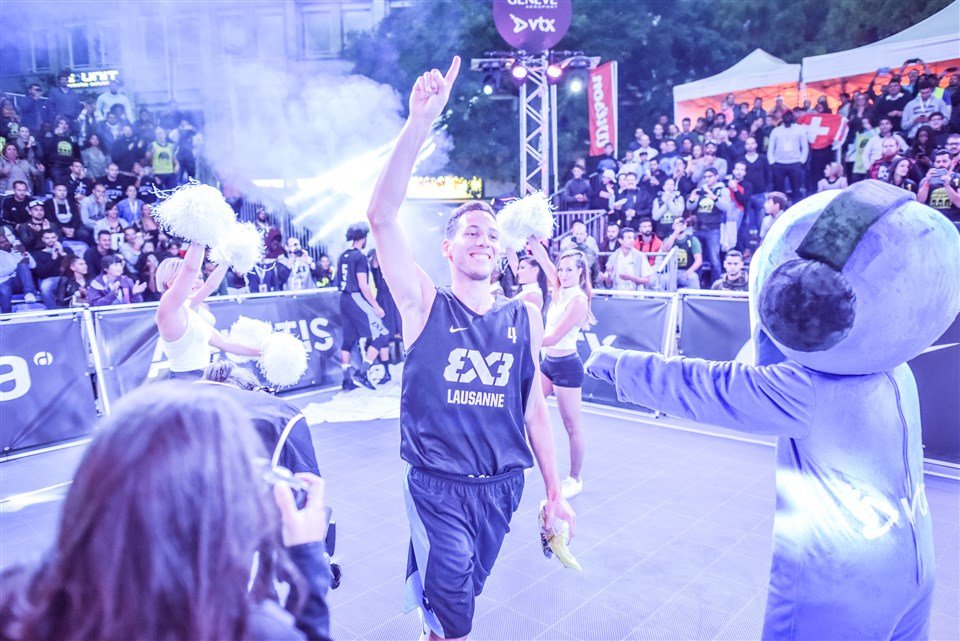


![Kai Sotto [FIBA.com photo]](https://sportsbytes.com.ph/wp-content/uploads/2021/01/4622.jpg)